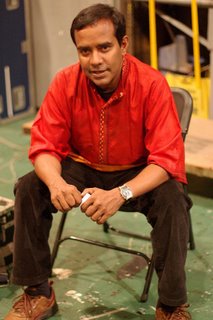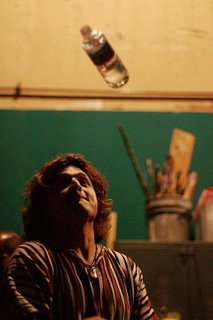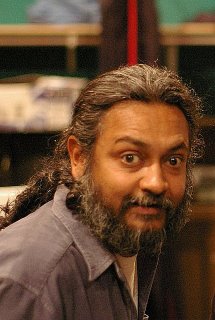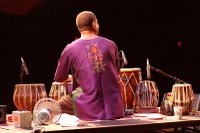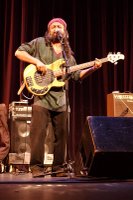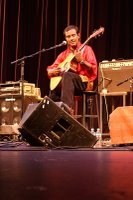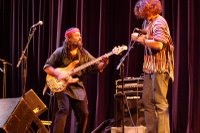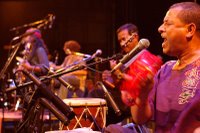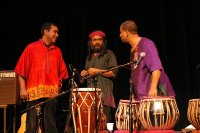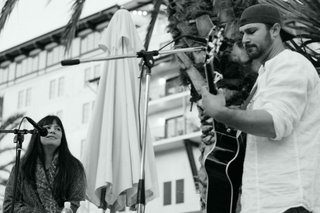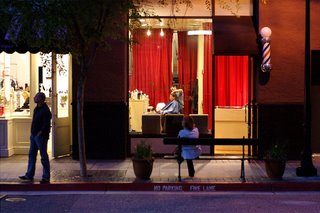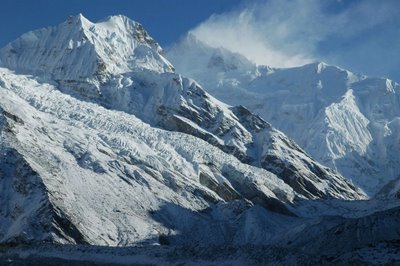 Gocha Peak and the south-east face of Kanchenjungha, from a viewpoint near Gocha La, May 2005
Gocha Peak and the south-east face of Kanchenjungha, from a viewpoint near Gocha La, May 2005(IIT Kanpur Adventure Sports Club trip)
PS: For a sense of scale, the S. Summit of K'jungha (in jetstream) is a little over 3.5 vertical km above us.
Photo courtesy Alok Sharan
Shreyansh has lots of other good reasons.
Rob McFarlane's recent book, Mountains of the Mind, tries to answer what exactly about mountains draws people to them so strongly. Judiciously mixing personal anecdotes and well-researched historical accounts, he presents an enthralling narrative, albeit slightly dated in its scope. The best part of the book is the section on the author's trip to the Tien Shan, camped on a glacier surrounded by unnamed peaks and utter desolation. McFarlane ends in slightly cliched fashion with a chapter on George Mallory, who died during his third Everest attempt and has come to symbolize man's obsession with the high mountains. Expedition colleague Noel Odell recalls that on June 8, 1924:
"The entire Summit Ridge and final peak of Everest were unveiled. My eyes became fixed on one tiny black spot silhouetted on a small snow-crest beneath a rock step in the ridge; the black spot moved. Another black spot became apparent and moved up the snow to join the other on the crest. The first then approached the great Rock Step and shortly emerged at the top; the second did likewise. Then the whole fascinating vision vanished, enveloped in cloud once more."Neither Mallory nor his climbing companion Andrew Irvine were ever seen alive again, and whether they reached the summit or not (29 years before Hillary and Tenzing) is the greatest open question of mountaineering history (to add fuel to the fire, Mallory's petrified body was recently discovered on the talus slopes of Everest above 8000m).
A very good book, and unusual in its objective.
